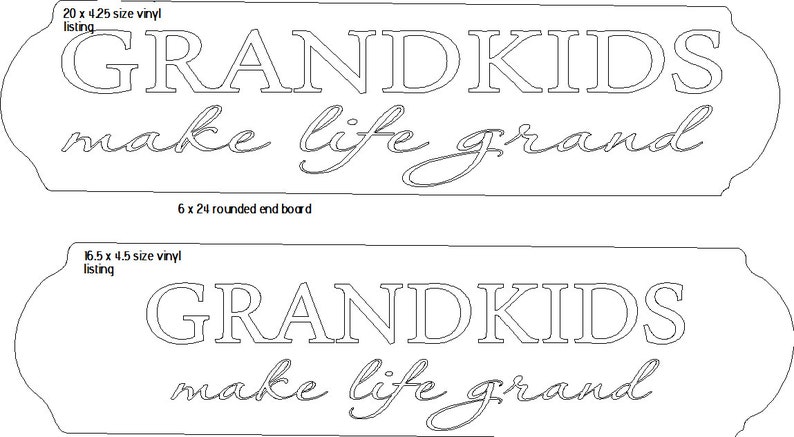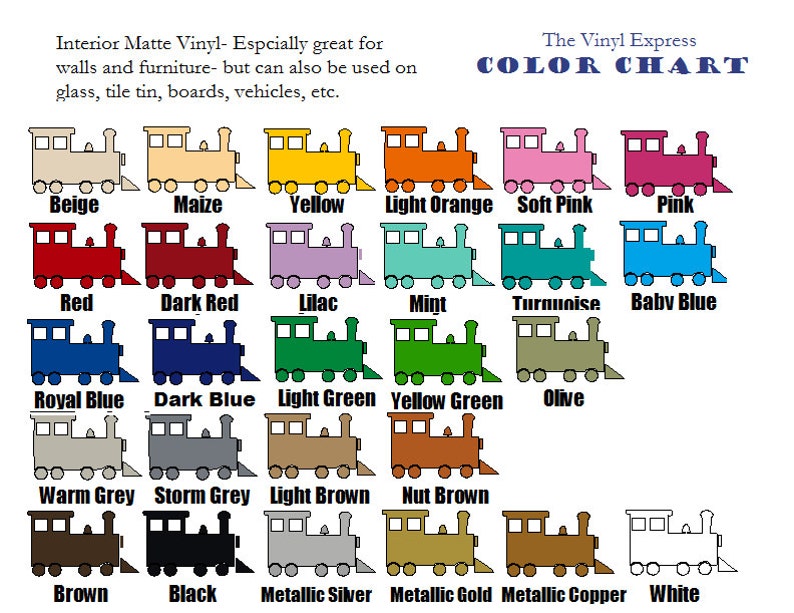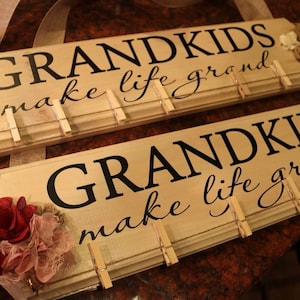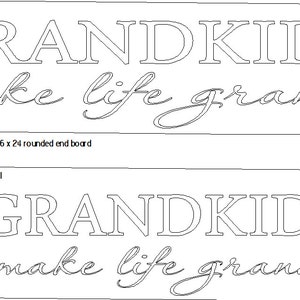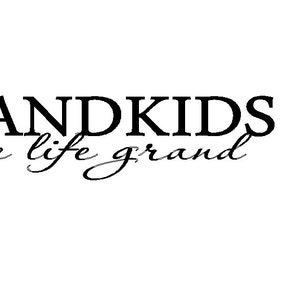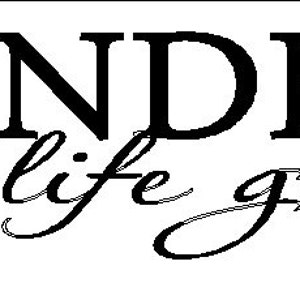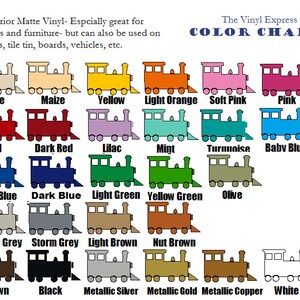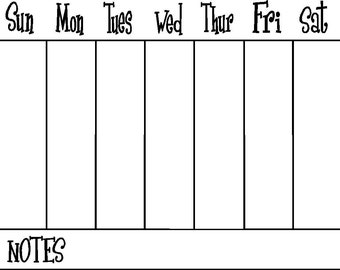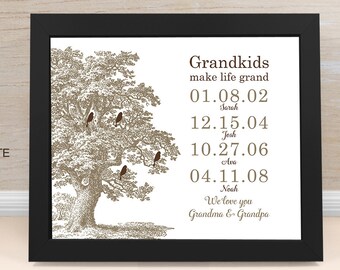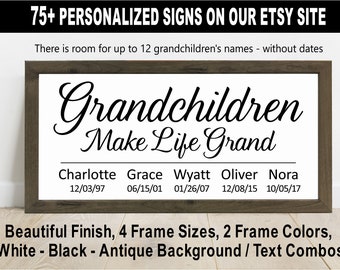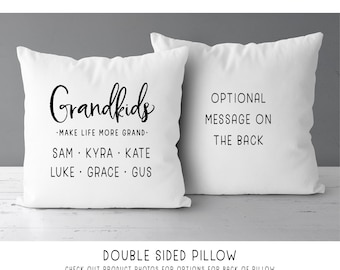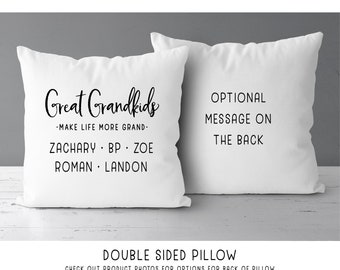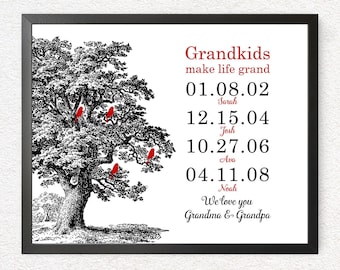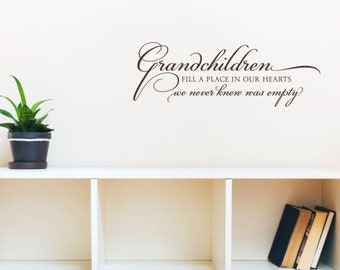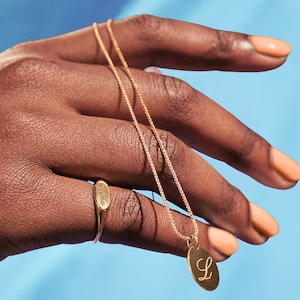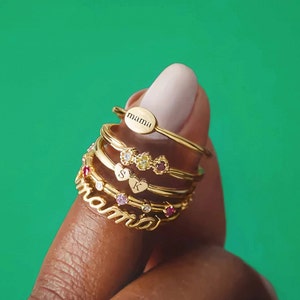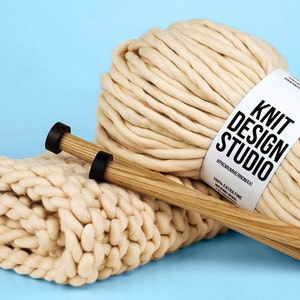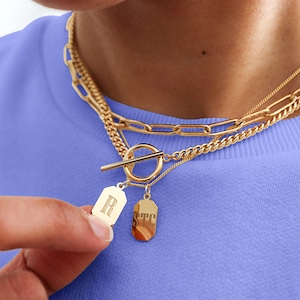Price: $10.50
Grandkids Make Life Grand DECAL ONLY 20 x 4.25 one or two colors
Star Seller
Star Sellers have an outstanding track record for providing a great customer experience—they consistently earned 5-star reviews, shipped orders on time, and replied quickly to any messages they received.
Your order should arrive by this date if you buy today. To calculate an estimated delivery date you can count on, we look at things like the carrier's latest transit times, the seller's processing time and shipping history, and where the order is shipping to and from.
You can only make an offer when buying a single item
Star Seller. This seller consistently earned 5-star reviews, shipped on time, and replied quickly to any messages they received.
-
Order today to get by May 11-16
Your order should arrive by this date if you buy today. To calculate an estimated delivery date you can count on, we look at things like the carrier's latest transit times, the seller's processing time and shipping history, and where the order is shipping to and from.
-
Returns & exchanges not accepted
But please contact me if you have problems with your order
-
Cost to ship: $5.50Enjoy free shipping to the US when you spend $35+ at this shop.
There was a problem calculating your shipping. Please try again.
Etsy Purchase Protection
Shop confidently on Etsy knowing if something goes wrong with an order, you'll get a full refund for all eligible purchases —
see program terms
3,325 reviews
5 out of 5 starsAs always THANK YOU for helping make my project a success!! The vinyl is so easy to apply and this whole project took me about 45 min!
dkwarta Mar 6, 2020
This was perfect and I didn’t have any problems applying it. I would definitely order again.
Tara Coe Dec 16, 2019
Thank you so much! Was able to make an awesome gift for my grandma! The quality is really good, was able to be placed on the board no problems at all! Looks awesome! I’ll definitely be back for more decals!
Elsa Mary Griffin Dec 13, 2019
Photos from reviews
More from this shop
GIFT MODE
Thoughtful Mother's Day gifts for ALL her interests

